How often to fertilize lawn grass
Lawn grasses lose a significant amount of nutrients along with the green mass due to frequent mowing. To prevent soil depletion, it is necessary to apply mineral and organic fertilizers throughout the growing season.
Some owners of garden and summer cottages make a big mistake, believing that fertilizers for the lawn should be applied as rarely as possible. In their opinion, top dressing only causes intensive grass growth, which means that the lawn has to be cut frequently.
In fact, insufficient plant nutrition in a short period of time will cause thinning and yellowing of the plants, the appearance of bald spots, which degrades the appearance of the lawn. Rebuilding the herb will take considerably more trouble than keeping it in good condition.
How to fertilize your lawn
To make the lawn look good, you need to fertilize on time and correctly.
- Organic fertilizers. This type of fertilizer not only provides adequate nutrition for the lawn grass, but also improves the structure of the soil, contributes to an increase in the number of beneficial microorganisms. The cut grass can be left on the lawn. By decaying, it will become a good top dressing, which does not require additional investments of forces and funds from the owners. But this humus is not enough to provide plant nutrition. Therefore, in early spring or late autumn, you can make compost or rotted manure... They are scattered in a layer 1.0–1.5 cm thick over the entire area of the lawn.
- Mineral fertilizers for the lawn. They contain chemicals necessary for plant nutrition in an easily assimilable form, as well as various trace elements.
According to the basic elements they contain, necessary for plants:
- Nitrogen fertilizers for the lawn... Nitrogen accelerates the growth of grass, enhances its color. This element is actively consumed by plants, so its reserves in the soil are rapidly decreasing. In order to replenish its reserves in a timely manner, a fertilizing containing a large amount of nitrogen is applied through one haircut (every second). The main suppliers of nitrogen are: sodium nitrate, calcium nitrate, ammonium sulfate, ammonium chloride, ammonium nitrate and urea... Nitrogen fertilizers can be divided according to the rate of impact - fast (as a rule, they are applied in spring) and slow (applied before winter). In the fall, it is undesirable to make fertilizing containing nitrogen
- Phosphate fertilizers strengthen the root system and the formation of side shoots. Plants that receive a sufficient amount of phosphorus begin to germinate earlier in the spring, and in the fall they actively form side shoots. This type of dressing includes double superphosphate (49%) and simple superphosphate 20%. The grass tolerates wintering better.
- Potassium increases the herb's resistance to disease and adverse conditions. TO potash fertilizers include potassium chloride, potassium salt, potassium sulfate... The composition of magnesium sulfate (magnesium sulfate), in addition to potassium, includes magnesium - an element that is essential for plants growing on light and acidic soils.
Complex fertilizers
Currently, many gardeners use ready-made mixtures for feeding, which contain the necessary nutrients (nitrogen, phosphorus and potassium) in the right proportions. Trace elements are often added to them. Such fertilizers include ammophos, nitrophos, nitroammofoska, potassium phosphate and others. In addition, complex lawn dressings are produced, which are formulated to be applied in different growing seasons (spring, summer or autumn).This is due to the fact that in different periods a different ratio of the main nutrients is required - nitrogen, phosphorus and potassium.
Liquid fertilizers
In the case when it is necessary to quickly restore the lawn injured for any reason, use quick-action formulations, these are liquid dressings. The easiest way is to purchase soluble or concentrated complex fertilizers, which you just need to dilute with water at the concentration specified in the instructions. Such solutions are quickly absorbed into the soil and enter plant tissues through the root system. Usually they are applied in spring and summer. After applying liquid top dressing, it is necessary to water the lawn well in order to avoid burns of the green part, and also to deliver the dressing to the roots faster.
Foliar dressing can be carried out, which also provides a quick effect. For this, low-concentration soluble solutions are used, which are sprayed directly onto the grass. Nutrients are absorbed directly through the surface of plant leaves and stems. It is clear that the efficiency will be higher if the treatment is carried out on cloudy days or in the evening, when the solution evaporates less and is more fully absorbed into plant tissues.
In the spring
In the spring, the first feeding is carried out immediately after the snow melts and the establishment of positive temperatures. Complex fertilizers with a high nitrogen content are well suited for this purpose. They help lawn grass to recover quickly after wintering and stimulate its growth. If it is necessary to quickly feed the plants (weakened or damaged by unfavorable weather conditions) in the spring, liquid fertilizers are often used, containing nutrients in an easily digestible (chelated) form. The solution should be prepared strictly according to the instructions. After top dressing, the plants are watered abundantly.
In autumn
Lawn grasses must be prepared in advance for the upcoming winter. Top dressing of the lawn in the fall increases the resistance of plants to diseases, prevents their premature "aging". In addition, such feeding strengthens the root system, and also allows you to make up for the lack of certain substances. When choosing a fertilizer that will be applied in the fall, it must be borne in mind that during this period it is necessary to apply phosphorus-potassium formulations containing a minimum amount of nitrogen. The last feeding is usually done in October. It is very useful both for creating a supply of plant nutrition for the spring, and for better wintering of plants, to cover the entire lawn with rotted manure or compost with a layer of about 1 cm.
When caring for lawn grasses, the dosage of the applied fertilizers should be strictly observed. We must always remember that plants can be destroyed not only by the lack of nutrients in the soil, but also by their excess. Any feeding (except for foliar) should be accompanied by abundant watering. This will not only help to deliver nutrients to the roots faster, but also prevent chemical burns to the plants.

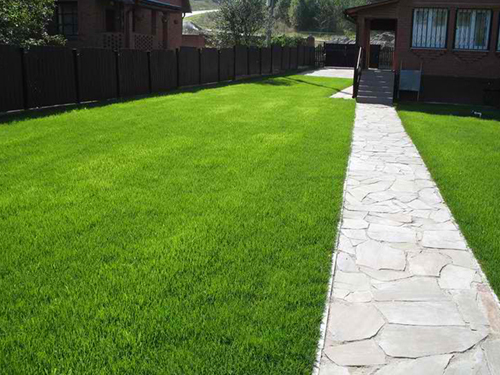

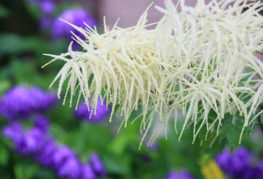
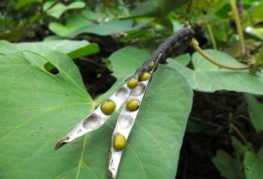

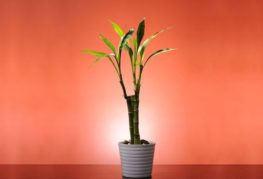
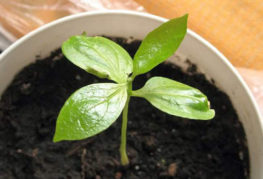
and will be published shortly.